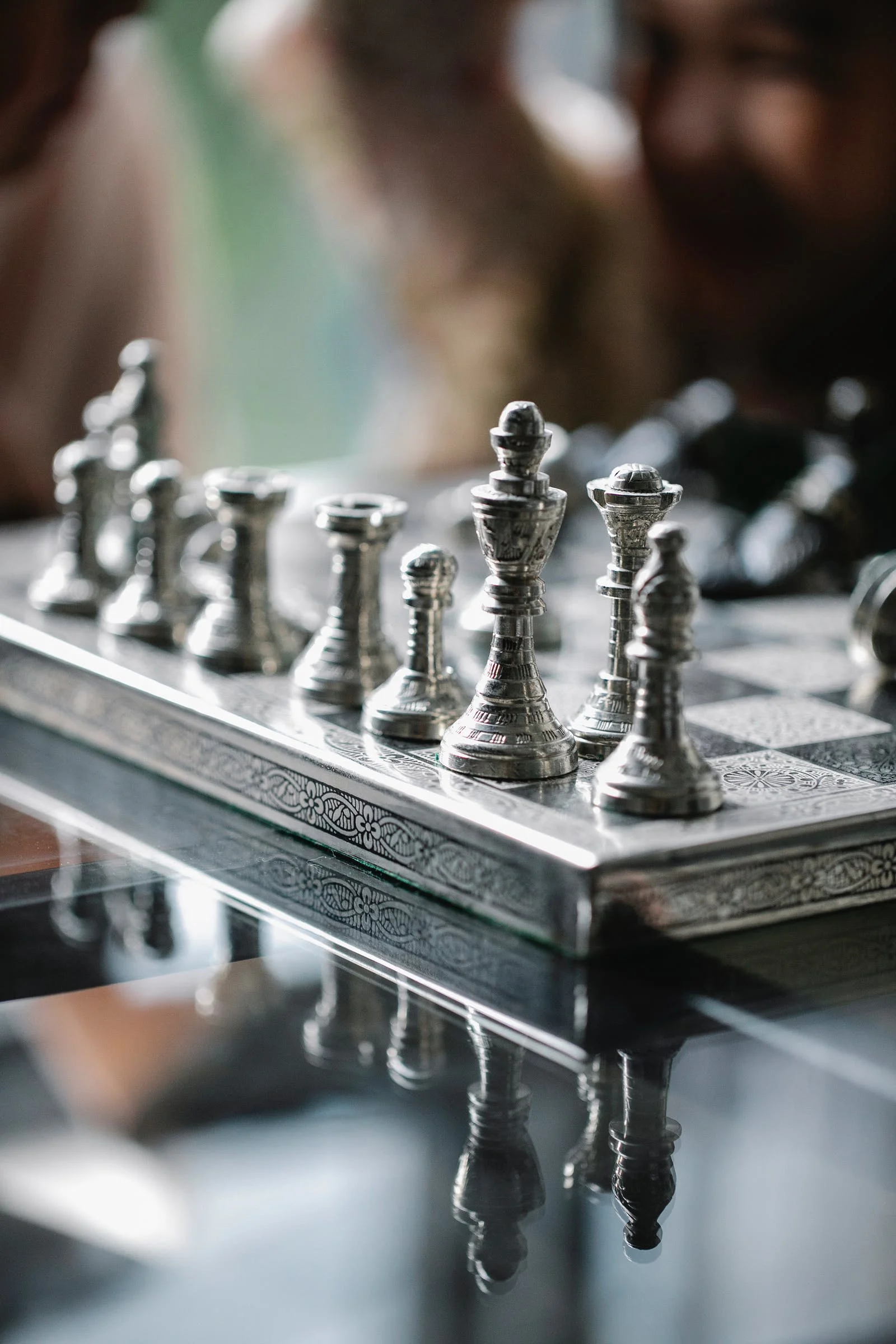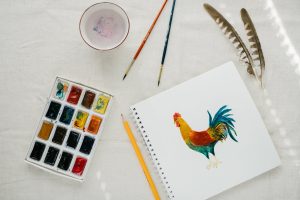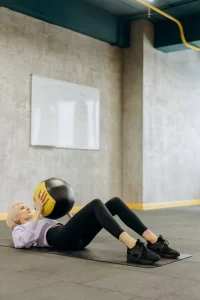11 QUICK WAYS TO IMPROVE YOUR ART
Would you believe there is a quick way to improve your artistic skills?
It’s true! It’s possible to improve your drawing and painting skills more quickly than you think.
Today’s article will share 11 strategies that can help you.
- You can improve your art skills quickly and easily by making small changes to your daily routine.
- You can quickly improve your art style, so it is more distinctive and easily recognizable
- Recognize your weakest skills in art to identify which skills you should improve.
These amazing art tips will help you improve your skills after reading!
1. Daily practice of your art skills
I am going to tell you the truth.
You should do it at least once a week.
It is not true that everyone is born with advanced skills or techniques. Even professionals start with no artistic talent.
You want to learn how they did it?
To master their craft, they practiced as much as possible. To be the best, one must learn from the best.
One of the best methods to practice is to schedule a time to create art. Even if you only have 10 minutes daily, it is well spent.
Practice is a time to diversify your learning by focusing on the following:
- Both light and shadow
- The color theory
- Composition
- Perspective
- Anatomy/figure studies
- Textures
You’ll see a significant improvement in your artwork if you invest time in your skills.
It takes only consistency and a personal commitment.
2. Learn Colour Theory
Learn about color theory to be a successful artist.
Humans are influenced by color in how they perceive and interpret art.
This is how the colors you choose for your artwork can affect the final result.
If you are not confident in your understanding of color theory, then consider the following sub-topics.
- Harmony of colors
- Color temperature (temperature bias)
- Mixing colors ( How to Avoid Muggy Colours)
- Color combinations (color palettes)
- Color psychology
You won’t be able to attract the viewer, no matter how well-balanced or beautiful your artwork is.
Do yourself a favor and improve your understanding of color theory.
3. Study Value Scales
The value indicates the hue’s lightness or darkness.
There are many colors available, ranging in lightness to darkest.
This is how value plays a major role in your artwork. Using different values can create contrast which many people find visually appealing.
For example, lighter values can draw attention to areas of particular interest, while darker values can create shadows that add depth.
My opinion is that monochromatic art is the best way to learn color value.
You can’t use one color to create art. You must learn to use multiple light and dark values to make your subject stand out.
To help you learn this skill, I have created a simple monochromatic watercolor tutorial.
4. You can learn new skills from tutorials, videos, and books.
Learning from different media is one of the best ways to improve your artistic skills.
You can search Google for blog and video tutorials matching your learning style.
You can also borrow books from the library or purchase art books to learn new skills.
If you are ready to invest in your art education, you can buy art books, e-books, or online courses.
These painting and drawing tutorials will help you follow along with step-by-step instructions that include reference images.
- Step-by-Step Watercolour Tutorials For Beginners (Step-by-Step)
- Easy Sketching for Beginners (4 Tutorials).
If you want tips and tricks, this article shares strategies to improve your watercolor painting.
These tips are also very useful for gouache artists, as both mediums are water-based.
5. Learn from your favorite artists to develop your art style.
You should first define your vision for the art style you desire.
Studying your favorite artists is one of the best ways to improve your art.
They don’t necessarily have to be artists. You can be their favorite author, animator or photographer, filmmaker, interior designer, and so on.
Make a list of people who inspires you. Then, explore their work. This is a great way to get inspiration for your artwork.
Consider the elements in their work that most inspire you. What is it that you find so appealing about their creations?
But I don’t encourage you to imitate the styles of your favorite artists. I want you to identify the elements that resonate most with you.
This exercise will help you better understand the stylistic elements you can include in your art style.
You’ll be able to quickly improve your art skills.
6. Refer to Reference Photos for more information.
How can you make art about it if you don’t know what it looks like?
If I asked you to draw a tetradactyl and you didn’t have a reference photo, would you be able to reproduce it?
I’m guessing you can’t. (Don’t worry, I can’t either).
You must look for good examples of reference photos to help you draw or paint new things.
There are several ways to get reference photos.
- Take photos of people and buildings outside using your smartphone.
- Keep inside, and you can use your smartphone to capture images of objects or people in your home.
- A book filled with beautiful reference images is a great investment. Many books are focused on landscapes and portraits.
- Pinterest allows you to create a board. You can then browse the visual search engine to find reference photos and save them to your Pinterest board.
7. Reduce Complex Forms into Simple Shapes
Did you ever try to draw something complicated, such as a complex figure drawing? Only to find out that the proportions were off?
This is where simplifying your drawing is the best option. You can break down complex shapes into simpler shapes.
If you are drawing someone posing for a photo, you can make the head an oval. The torso is now a rectangle. The legs and arms are transformed into cylinders.
You can paint or draw more accurately with a plan of the shapes.
Once you are done, you can continue to chisel at each shape until it is perfect.
Also, shapes convey emotions, so think carefully about what shapes you use and how they influence your artwork.
8. Get warm before you create new art.
If you have an artistic vision, diving into a new drawing or painting is tempting.
You must warm up like an athlete or musician to achieve your maximum potential.
If you don’t warm up, your hand won’t move as fluidly if the muscles aren’t primed yet.
The solution is to spend at least 10 to 15 minutes warming up before you start creating. This will make you more ready to start creating art.
9. Concentrate on improving your weakest skill.
I understand you don’t want time spent on improving skills you aren’t good at.
If you are honest with yourself, however, you must develop your weakest talents to be a competent artist.
Consider your current skillset, and then consider these:
- Which art skills are I most skilled in?
- Which art skills are my least strong?
- What art skills do I need to be a better artist?
After you have answered these questions, it is time to spend some time honing your weakest skills.
If you have trouble with shadow and light, try drawing 3D objects using light sources.
10. To Plan the Composition, Draw Thumbnails
Did you ever feel disappointed when the perspective of an artwork was not right?
Maybe the values were wrong. Or, perhaps the composition looked strange and was not visually appealing.
This will help you avoid the problem. You can draw a dozen thumbnails so you can experiment with your idea.
Drawing a bunch thumbnails is the artistic equivalent to performing a brain dump.
You can test different values and compositions by drawing thumbnails. You don’t have to make thumbnails pretty. They can be messy and loose.
After drawing a few thumbnails, you can examine them and determine which ones are winners or losers.
You’ll eventually end up with your favorite thumbnail, which you can use as your main reference when creating your artwork.
11. For best results, paint and draw loosely
Nothing is worse than seeing rigid, inorganic and lifeless art.
There is an easy solution to this problem.
You should not draw from your wrist as it is less fluid, but from your shoulder.
Drawing from your wrist can cause you to choke on the pencil, squeeze too hard, and create rigid lines.
Drawing from the shoulder, on the other hand allows your arm and hand a greater surface area.
You can draw more fluidly and fluidly because your grip is looser.
This method is easy to use and you will notice a significant difference.
Conclusion
It’s there!
This article will teach you 11 techniques to improve your artistic skills. These tips will allow you to develop your art faster.
The best part?
These art tips are easy to apply. These art tips are easy to implement. All you need to do is adjust your work flow to incorporate them into your art practice.
The greatest takeaway from this article is that improvement and progress are only possible to those who invest in themselves.
This means you can succeed if your efforts to improve are consistent and you remain committed to your goal.
These tips will help you improve your art quickly and easily.














Post Comment